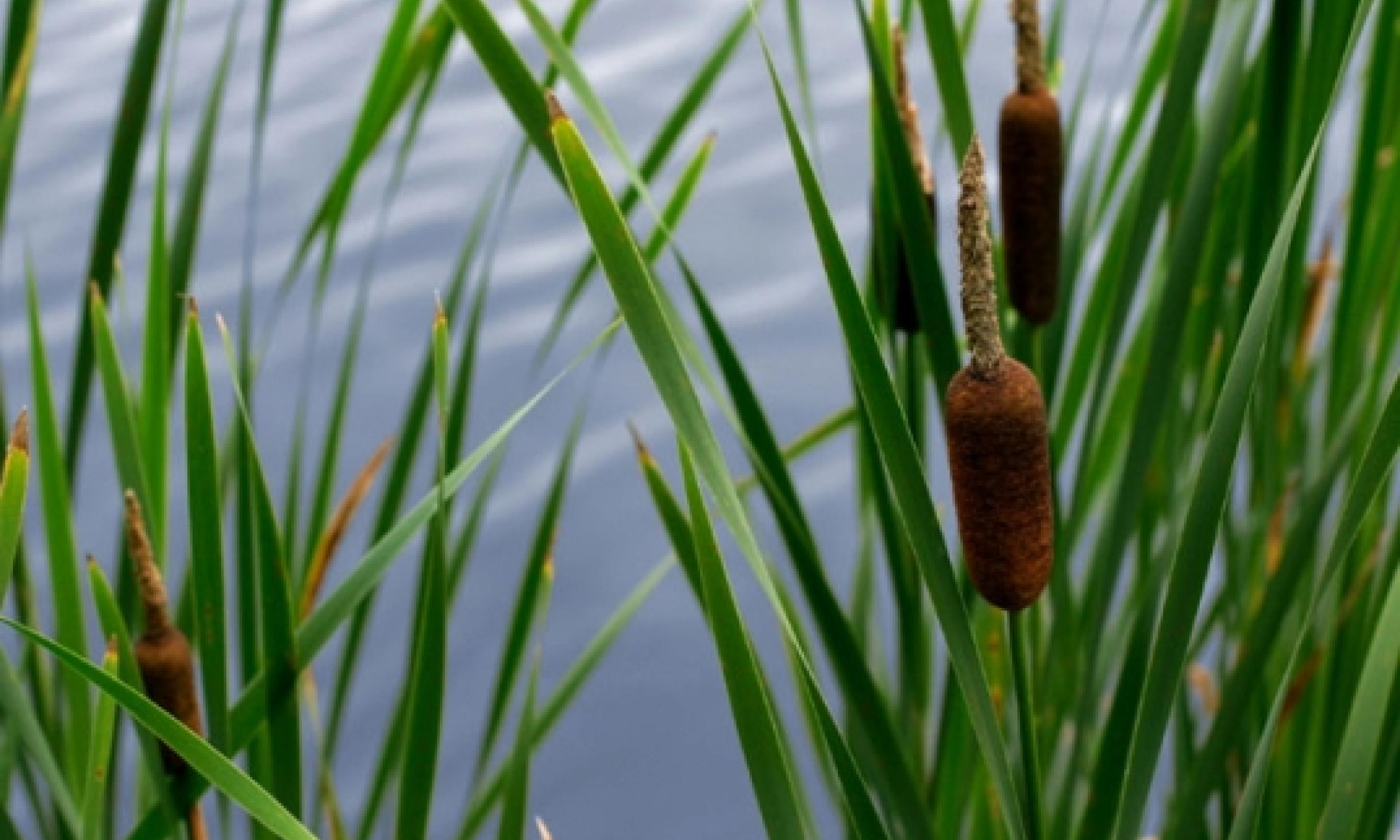Ever puzzled what sorts of survival meals you possibly can eat in the event you had been caught in a survival scenario? After I first got here to Washington, all I might see was a wall of inexperienced crops. I knew nothing about what I might and couldn’t eat if I had been to get misplaced within the woods. That modified rapidly in Wilderness Consciousness College’s Immersion program. The curriculum taught me about tips on how to maintain myself with using crops, ought to the necessity come up. A few of the crops which might be key survival meals are cattail, conifers, grasses, and acorns.
The place Can I Discover Cattails and How Do I Eat Them?
Cattails could be scrumptious if ready appropriately. Throughout a gaggle survival expertise, the primary factor we ate was Cattail. In a survival scenario, your greatest guess is to seek out Cattails; they take the least quantity of labor to reap, thus conserving power and being high amongst survival meals.
Cattail does have a look-alike, the Iris. The Iris plant (Iris spp.) is toxic, so it’s essential to know tips on how to determine the distinction between the 2 crops. The Iris is flat on the base, and it makes a fan form the place all of the leaves meet the bottom. The edible Cattails have a central vein known as a midrib round which the leaves type.
Cattails are nearly all the time in or subsequent to a water supply. Since they’re usually submerged, there’s a likelihood of Giardia within the water. Consuming Cattails uncooked is an possibility, nevertheless it’s advisable that you just prepare dinner any Cattail you devour. Cattails have a horizontal system of underground stems known as rhizomes. They’ll lengthen as much as two toes from the plant. The rhizomes bud out and ship up new Cattail crops. These roots have a stringy-starchy substance on their insides. This starch may also be made into flour.
Younger shoots are the tastiest a part of the plant. Choose a plant and pull the outer leaves off to disclose the moist core. I’d advocate cooking this half earlier than consuming the juicy middle. The inexperienced flower heads could be eaten in June to mid-July. Cattail pollen may also be made into flour and is greatest concurrently the flower heads.
Munching From Conifers
Do you know that many sorts of conifer timber are edible? Bushes develop new leaves, or, within the case of conifers, new needles yearly. The one conifer you could be careful for is the Pacific Yew, as it’s toxic. The brand new-growth sprigs on Western Hemlock, Western Purple Cedar, Sitka Spruce, Douglas Fir, Grand Fir, and Noble Fir could be eaten proper off the tree within the spring. Bringing water to a sluggish boil with any of those leaves makes a scrumptious tea. The inside bark of conifer timber, referred to as the cambium, additionally could be eaten. Cambium is positioned between the bark and the more durable inside wooden of a tree. The cambium of the Western Purple Cedar, Sitka Spruce and Fir timber can be utilized to make a powder used to thicken soups. The immature feminine cones of the Sitka Spruce could be cooked and eaten together with the uncooked seeds of the tree. The department ideas of younger timber could be chewed on as a starvation suppressant. Douglas Fir, Noble Fir, Grand Fir, and Western Purple Cedar even have sap (or pitch) that may be chewed.
Survival Meals: The Grass Household
Greater than 400 sorts of grasses could be eaten worldwide. Grasses are identified for being edible and wholesome consuming due to their proteins and chlorophyll. Magnesium, phosphorus, iron, calcium, potassium, and zinc are generally present in grasses. Grasses present up in your every-day meals, too. Cereal grains are within the grass household, together with wheat, rice, wild rice, corn, oats, barley, millet, and rye. The seeds are normally essentially the most helpful a part of the grasses and practically all grasses are edible. Nevertheless, in a survival scenario, simply because grasses are edible doesn’t imply it’s well worth the caloric output it might take to reap many small seeds. Harvesting grasses could be completed by hand, amassing them in a container for later use. Sprouted grass seeds could be a good meals supply as nicely.
Edible grasses embrace Bent, Wheat, Slough, Brome, Crab, Swap, Canary, Timothy, Blue, and Bristle grasses. You can also make grasses right into a juice by grinding them up, however don’t swallow the fiber. Chewing immature seed heads could be helpful as nicely.
Gathering Acorns
Acorns are discovered on Oak timber. Earlier than consuming acorns, their tannins have to be extracted due to the bitter style. Soaking the acorns in water to leach out the bitterness works nicely. Putting them in a working stream is a good way to completely rinse the tannins out. The acorns will then have to be dried to maintain from rotting. They are often eaten uncooked after dried or made into flour.
I hope this supplied a glance into the edible prospects of the pure world. This text lined solely a small variety of crops that may be eaten as glorious survival meals.
Sources:
http://www.naturalmedicinalherbs.net/herbs/t/thuja-plicata=western-red-cedar.php
http://www.naturalmedicinalherbs.net/herbs/p/pseudotsuga-menziesii=douglas-fir.php
Plants of the Pacific Northwest Coast, By Jim Pojar and Andy MacKinnon
Identifying and Harvesting Edible and Medicinal Plants, By Steve Brill, Evelyn Dean
Guns, Germs, and Steel: The Fates of Human Societies, By Jared M. Diamond



I have been surfing online more than 3 hours today yet I never found any interesting article like yours It is pretty worth enough for me In my opinion if all web owners and bloggers made good content as you did the web will be much more useful than ever before
Thank you very much for your comment and support ❤️